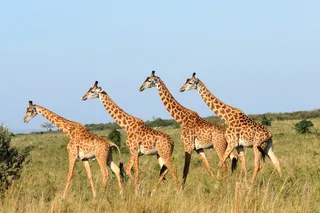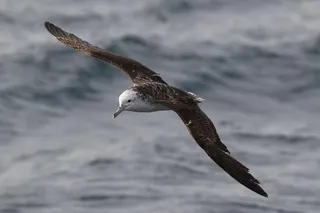After a long, cold winter, nothing says spring like the hopeful songs and dances of horny male birds looking for mates. Throughout Europe and western Asia, the blue tit is one of the most colorful birds to engage in this annual hormone-driven spectacle. The males bring their A game, flitting about, singing beautiful songs, and offering gifts, trying everything in their power to convince their potential mates they are the best man around. One thing is for certain when it comes to blue tit love: it's ladies' choice. But, as a new study published today in Frontiers in Zoology found, the guys do have minds of their own: they're better dads when they've landed an attractive mate. While blue tit males will do their best to impress females, the females still rely heavily on looks when making their decisions. Male blue tits are ornamented with brilliant blue feathers that shine ...
Prettier tits (the bird!) get more help from their partners
Explore how blue tit parental investment hinges on female attractiveness, revealing insights into mating choices and male behavior.
More on Discover
Stay Curious
SubscribeTo The Magazine
Save up to 40% off the cover price when you subscribe to Discover magazine.
Subscribe












